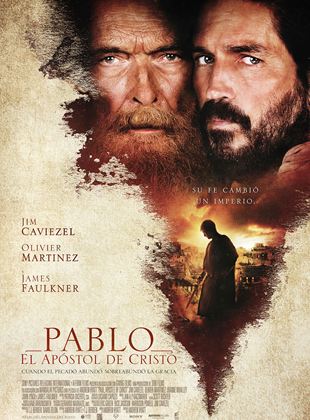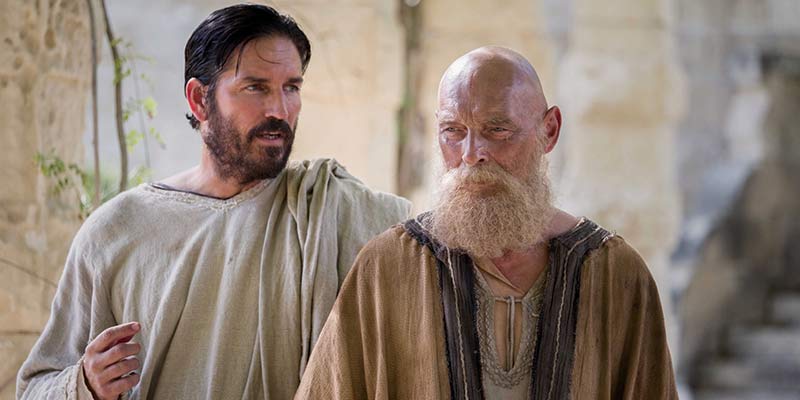
In the Rome of 64 A.D., Nero blames the Christians for the great fire in the city. He catches the followers of Christ, sacrifices them in the circus or burns them in the streets to light up the night. In the midst of the persecution, Luke, the Greek physician and author of the third Gospel, enters the troubled capital with the intention of visiting Paul, imprisoned in the Mamertine jail.
The evangelist wants to compose an account of the origins of the new Way, the Acts of the Apostles, and for this he turns to Paul as a privileged source. Luke stays in the house of Aquila and Priscilla, who have generously converted the courtyard and its rooms into a Christian refugee camp on the verge of collapse.
A contemplative film
The life of St. Paul is a filmic vein that can always be exploited. On this occasion, Andrew Hyatt The film is a film for contemplative palates, modern in style, though slow in pace. There is no abundance of tension, which only occasionally drives the external action.
Younger people, accustomed to speed, could become disengaged from the story, which expresses above all the moral dilemmas and sufferings of the protagonists: Aquila and Priscilla confronted over the fate of their home; Luke, who has helplessly watched his Christian brothers burn like torches in the street; the family tragedy of Maurice, the Roman prefect of the prison and, of course, the pain of Paul himself, whose sting - the memory of his young anti-Christian delinquency -, sticks deeper into him during imprisonment.
Narrow visual fences
Paul being a traveler, the adventures of this film condemn us (along with him) to narrow visual enclosures: the courtyard of a Roman house, the Mamertine prison, the garden of the villa where the apostle preached freely until he was martyred, or the hypogeum of the circus before a group of Christians became the meat of wild beasts. Not even the martyrdom of St. Stephen or the belligerence and subsequent conversion of Saul on his way to Damascus offer scenes for the eyes to enjoy.
The budget imposes fasting on the pilgrim and maritime Pauline life. However, the scenic narrowness is compensated for by the fictitious threads, with several successful subplots, careful photography and nocturnal lighting.
Ln expert interpretations of Jim Caviezel, James Faulkner y Olivier Martinezthe music of Jan KaczmarekThe depth of the dialogues between Paul and Luke, and an ending that, by glossing this apostle, gives meaning to the present sufferings.








